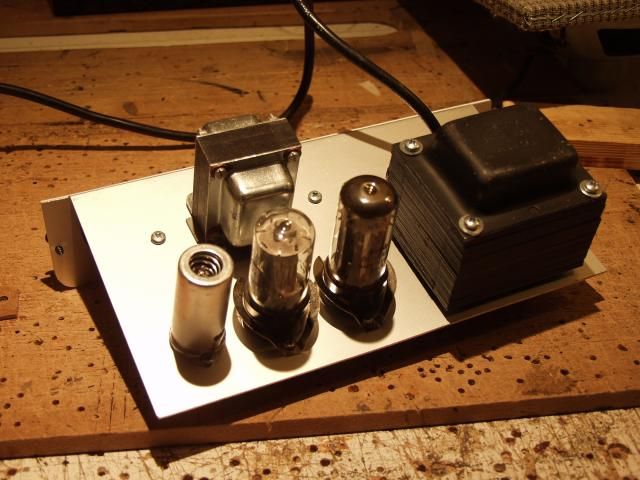I'm wondering if that heater voltage is low enough to hinder the proper operation of the tubes.
Definitely borderline, however the DC levels seem to indicate the tubes are functional.
Definitely borderline, however the DC levels seem to indicate the tubes are functional.


Comment